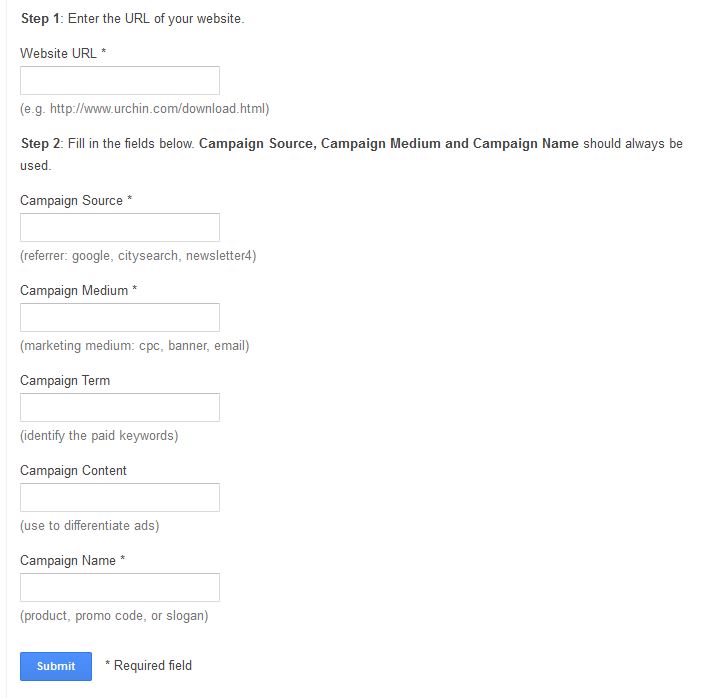URL tagging is a very important part of tracking the performance of your Google Ads and can help you determine which ads and keywords are giving you the best (and worst) ROI.
What is URL tagging?
URL tagging adds parameters to the end of your ad’s destination URL which includes additional information about the source of the click on your ad. Depending upon what type of URL tagging you use, different parameter/value pairs are added.
What types of URL tagging exist?
There are basically three types of URL tagging that can be used with Google Ads:
- Auto-Tagging
- Manual Tagging
- ValueTrack Parameters
Auto-Tagging
By default, auto-tagging is turned on when you link a Google Ads account to Google Analytics. Auto-tagging adds an encrypted ID to your destination URLs with the parameter name of GCLID. Analytics decrypts the GCLID value and records additional information about clicks on your ads such as site engagement and cost data. It is recommended to use this type of tagging in most cases as the tagging occurs automatically without any additional work on your part.
Manual Tagging
If your ads point to a website that does not allow arbitrary parameters, you can use manual tagging instead of auto-tagging. Manual tagging gives you control over the parameter names you use and the values passed to them. As you can imagine, though, manual tagging is quite a bit more work as you will have to physically update each ad that you want to track with the parameter/value pairs.
If you do plan on using manual tagging, it’s important to ensure that auto-tagging is turned off. Using both types of tagging will cause discrepancies in your Google Analytics metrics including double counting.
Another thing to keep in mind with manual tagging is that there is a limited set of parameters that you can use. Because of this, you will lose some of the details you would have with auto-tagging. See the Google help document for details on the available parameters and for examples of their use.
A great tool for helping you to create manual tags is Google’s URL Builder. The tool walks you through the simple steps to create a correctly formed URL. Here’s a screenshot of the tool:

Google’s URL Builder
ValueTrack Parameters
If you have a need to track more details about your ads in Google Analytics or other third-party applications such as CRM programs, ValueTrack parameters may be what you need. This type of tagging can co-exist with auto-tagging without causing discrepancies in your Google Analytics numbers while still allowing you to add additional details to your destination URLs.
Using ValueTrack parameters does require manual work, but the benefits of having the additional details may be well worth it.
Summary
Tagging your AdWords ads is crucial to gaining insight into what’s working and what’s not working within your Google Ads campaigns. Which type you use will depend upon your website and other requirements you may have.
Schedule Your Free Google Ads Consultation Today!
NetSource can help your business track link clicks to increase leads and measure campaign success.
